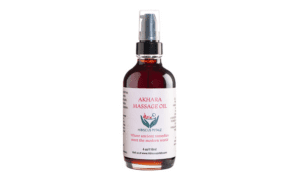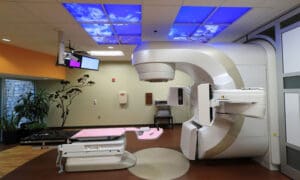Remember my last column where I urged everybody to give running a try and was real gung-ho about it? I’m still gung-ho, but I need to be forthcoming about something. After the 5K race, which I ran in light athletic sneakers from a big box (big mistake), I felt fine. For about four hours. When I tried to walk after that, my feet felt very bad. While I was laid up, I started searching WebMD, afraid that I was going to find I did some permanent damage. Luckily, I didn’t. It was just a common ailment for running in a shoe that didn’t cater to my feet. My goal that next week was to buy an actual pair of running shoes (once I could walk without hobbling) and I did, but through a happy coincidence I was also turned on to the idea of orthotics.
Orthotics are inserts for shoes that give a person extra support and comfort. Sometimes doctors prescribe heavy duty ones to patients in serious need, but there are a number of different products out there for every kind of shoe: work, casual, golf and athletic. The ones I found were the Lynco Sport’s from Aetrex. There are four different models and each one is made to address common foot designs. For instance, the L420 and L425, recommended for flat and low arch feet, control pronation and offer metatarsal support, while the L400 and L405 are cupped and are recommended for high arch feet.
Sometimes people ask me what I do all day at a newspaper. This next part serves as a good example. I was interested about orthotics, knew I would write about them in this column and got to talk with Matt Schwartz from Aetrex about their products and what people new to the idea should know about them.
“Shoes are typically fit to length and inside every shoe or sneaker is a generic footbed,” Schwartz explained. “It’s important to get the inside to fit your foot type if you want to avoid foot problems and setbacks, which can be frustrating.”
This is probably as good a place as any to tell you that if you do get a pair of orthotics, take out the generic footbed first. That may be obvious to you, but I did not do this the first time I took them out for a spin and it felt like my foot was going to burst out the top of my sneakers.
In addition to arch support, orthotics also address pressure distribution, which you can immediately realize as important when you think about your running gait. I looked back on my 5K race at the end of May and realized that my feet were slapping the pavement with almost nothing inbetween me and the road. It’s no wonder my dogs were howling.
All my life my mother warned me that I needed to wear shoes with good arch support and for the most part I tuned her out because my Converse high-tops looked cool. However, it is quite possible that you don’t know exactly what your feet need. You may know if you have high or low arches, but finding your pressure points seems impossible. Aetrex has a thing called iStep in a number of stores in the state (there are several in Atlanta and one in McDonough) that can capture your foot type, pressure points and shoe size in 30 seconds and can produce a 2D and 3D image of your foot.
I didn’t do this before I got my orthotics but I got some, slid them into my new running shoes and immediately felt a difference. It was like buying a new set of wheels that turned my Camry into a Lexus. The sneakers felt good before but now I don’t feel like I’m pounding the pavement.
Schwartz, who has grown up around the family business, has seen the evolution of the orthotics firsthand is amazed at everything they can offer today.
“They are lighter and more streamlined today and the material we use is moisture wicking, anti-microbial and anti-bacterial,” Schwartz said. “It keeps the shoes clean and we keep upgrading.”
Aetrex has 30 pedorthists on staff and they run numerous fit trials and all kinds of tests on wear and tear and functionality of their products. Ultimately, what they hope to provide everyone, from people simply walking around to those of us crazy enough to run in the heat of summer or cold of winter, is motion control, stability and cushioning.
“Your feet are the foundation,” Schwartz said, comparing one’s body to a house. “If the foundation is out of alignment, everything is out of alignment. Orthotics are there to put your feet in a neutral position so that everything functions efficiently.”
I’ve been running between four and six miles a week this summer and every step has been taken with my new shoes and the Lynco Sport inside them. My feet feel good. The only problem is I can tell when I am not wearing shoes with the kind of support I’m used to when I run.
If you took my advice from last month and decided to hit one of the beautiful paths in the area and start running, you know if you can use a product like this or not. I am starting to view orthotics like my DVR and iPhone – I don’t know if I can ever go back to running without them.
Check out aetrex.com for more information.











Leave a Comment
You must be logged in to post a comment.